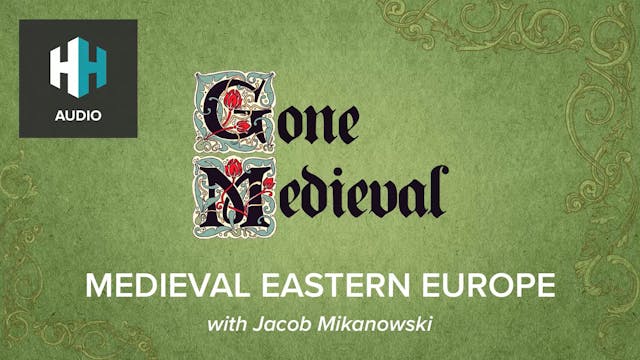The last monument to be added to the list of the Seven Wonders of the Ancient World, the Lighthouse of Alexandria (also known as the Pharos), was one of the tallest man-made structures in ancient history. Serving as the only guiding beacon along 900km of Mediterranean coast, it played a vital role for sailors, merchants, and travellers in safely navigating into the harbor of Alexandria. But who commissioned this mighty marvel, and what eventually caused its collapse 1500 years later?
In this episode, Tristan welcomes Professor Michael Higgins from the University of Quebec to delve into the long history of this monument. Exploring how the Lighthouse changed and expanded over the centuries, the geological landscape on which it was built, and the roles of famous figures such as Alexander the Great and Ptolemy - what can we learn from ancient sources and archaeology about this ancient Wonder - and what's left of it today?
Up Next in Archive of Dan Snow's History Hit 🎧
-
🎧 The Battle of Kursk
Dan explains The Battle of Kursk. In July and August of 1943, it was the last major attempt by the Nazis to turn the tide of the war in the East. Millions of soldiers and thousands of tanks would go head-to-head across the vast steppes around the Russian city of Kursk. The Soviets would emerge vi...
-
🎧 The Creation of the NHS
75 years ago this week, the National Health Service was born. Launched by Aneurin Bevan on the 5th of July, 1948, it revolutionised healthcare in the UK by providing free medical treatment for all. Today, it is one of the country's most beloved yet divisive institutions. But how did the NHS come ...
-
🎧 Medieval Eastern Europe
From the Baltics to the Balkans, from Prague to Kiev, Eastern Europe is more than the sum total of its annexations, invasions and independence declarations.
In this episode of Gone Medieval, Matt Lewis meets Jacob Mikanowski, author of Goodbye Eastern Europe, to discuss what can be found out a...




3 Comments